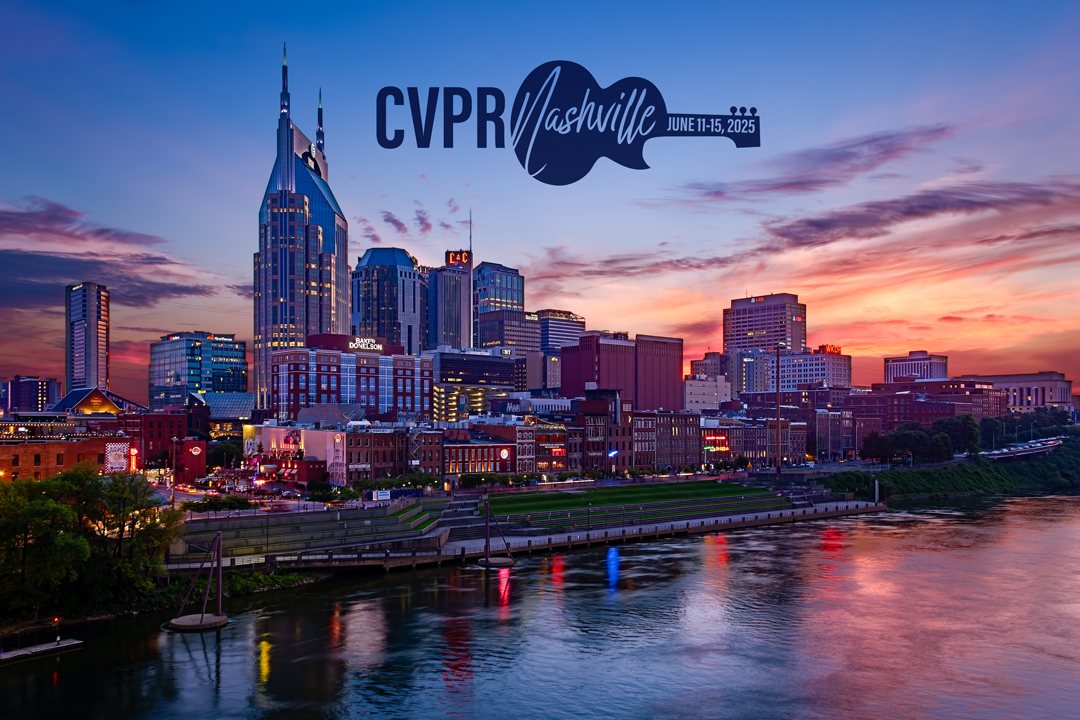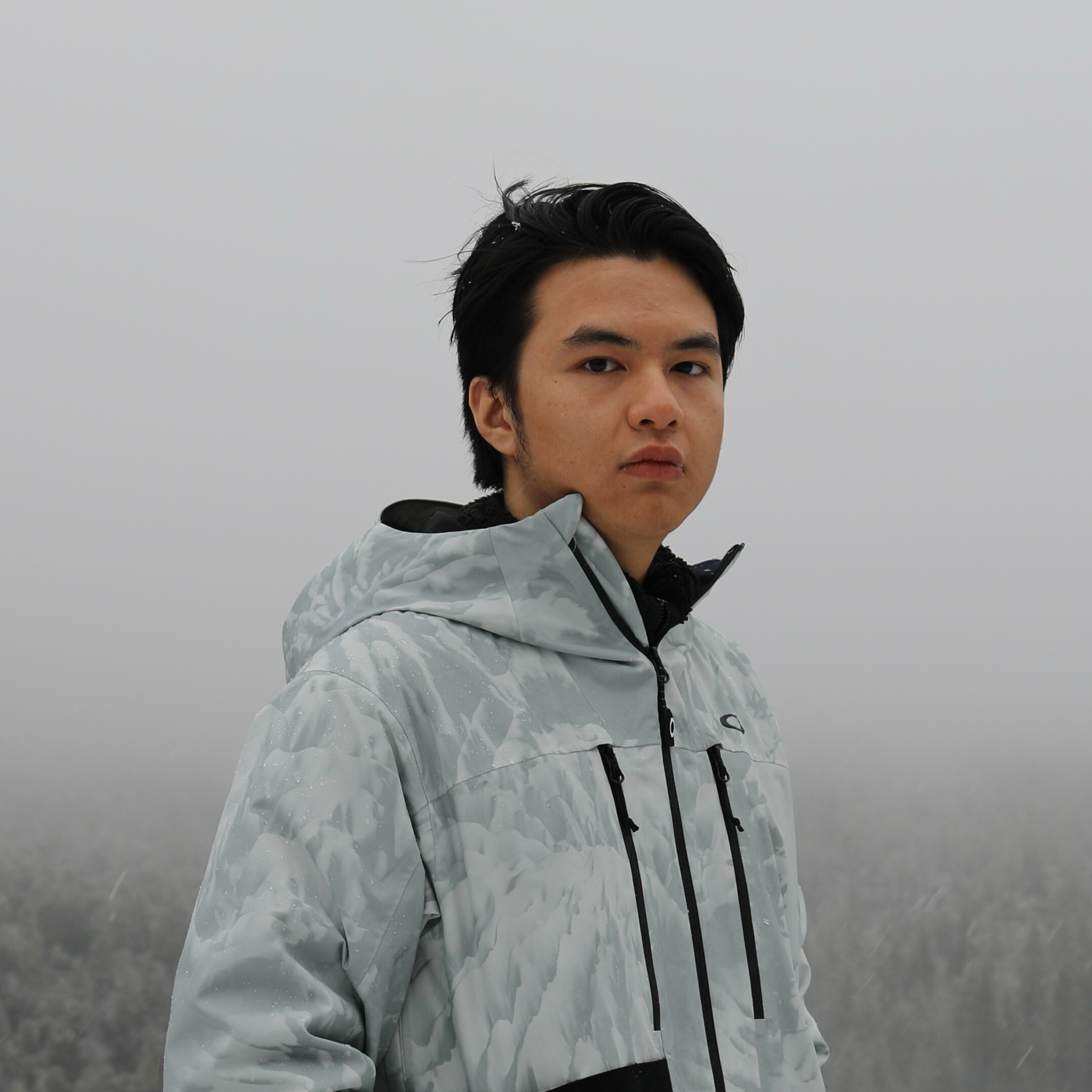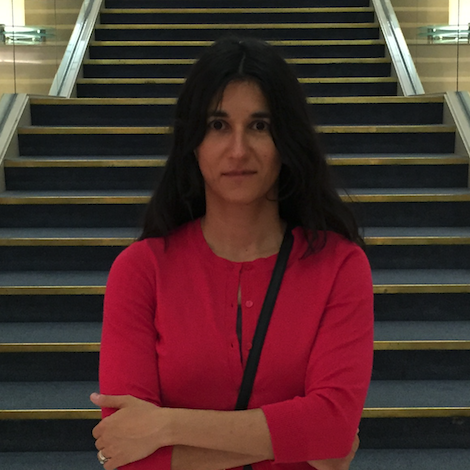Schedule
The workshop will take place on 12 June 2025 from 13:45 - 17:25 CDT.

In the talk session, we will engage different perspectives from experts from diverse communities. In the panel session, we will raise several acute questions that bring debates from different views.
- 13:45 - 14:00 Welcome & Introduction
- 14:00 - 14:30 Keynote Talk 1 - Marco Pavone: Building Physical AI with Foundation-Model-Driven Closed-Loop Simulation
- 14:30 - 15:00 Keynote Talk 2 - Dhruv Shah: Evaluating and Improving Steerability of Generalist Robot Policies
- 15:00 - 15:30 Thematic Talk - Wayne Wu: Scaling-up Urban Simulation for Autonomous Micro-mobility
- 15:30 - 16:00 Oral Presentations: Sicheng Mo, Ruohan Zhang, Carmelo (Carlo) Sferrazza
- 16:00 - 16:30 Keynote Talk 3 - Gordon Wetzstein: Long-context and controllable video world models
- 16:30 - 17:00 Keynote Talk 4 - Lingjie Liu: Towards Next-Gen 3D Reconstruction and Generation: From Visual Fidelity to Multimodal and Physical Understanding
- 17:00 - 17:25 Panel Discussion












